This section is where students collect observations, pedagogical process, curriculum choices, implementation, documentation, reflection, and notes as they create environments and experiences with children indoors/outdoors. also This section is where students demonstrate their acquired and growing skills, their ability to put theoretical/in class learning and discussion into practice and where they will present their professional skills as early childhood educators, colleagues, and contributing members of effective early years teams. We have been told that the way we can show this can be done creatively, so I’ve decided to mix these two criteria and form almost blog posts of my days at Parcticum. For each day, I will write a reflection on what I did that day, I will show pictures and connect to readings I personally can connect to in my day-to-day life in my practicum
Day one of practicum one
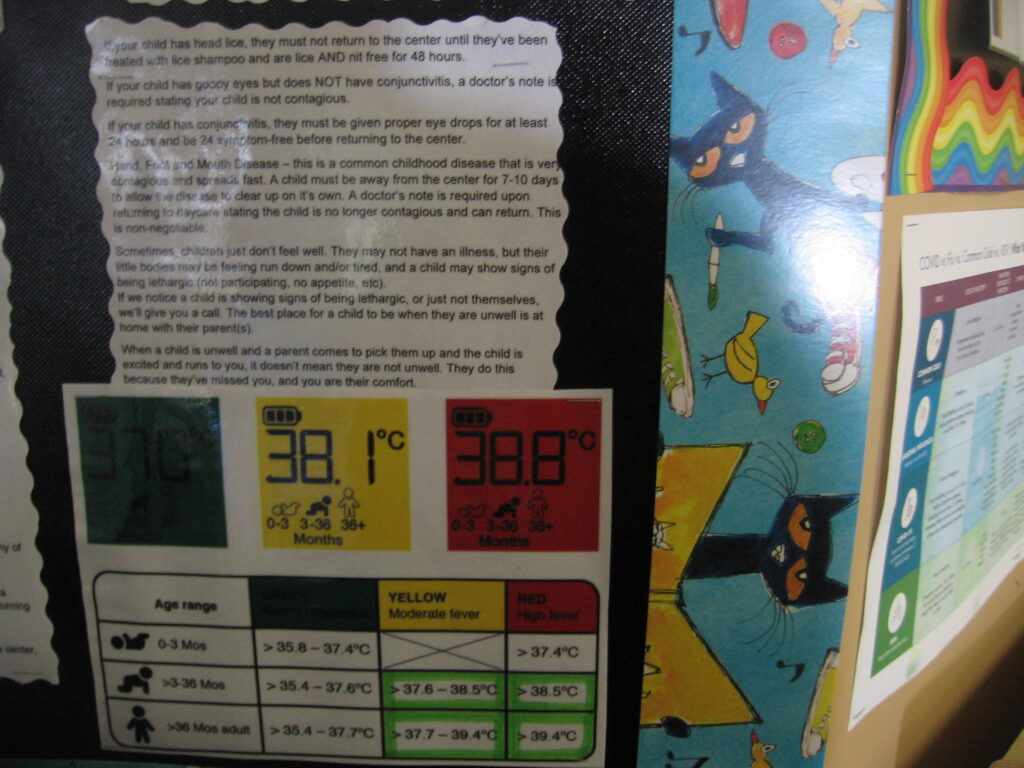
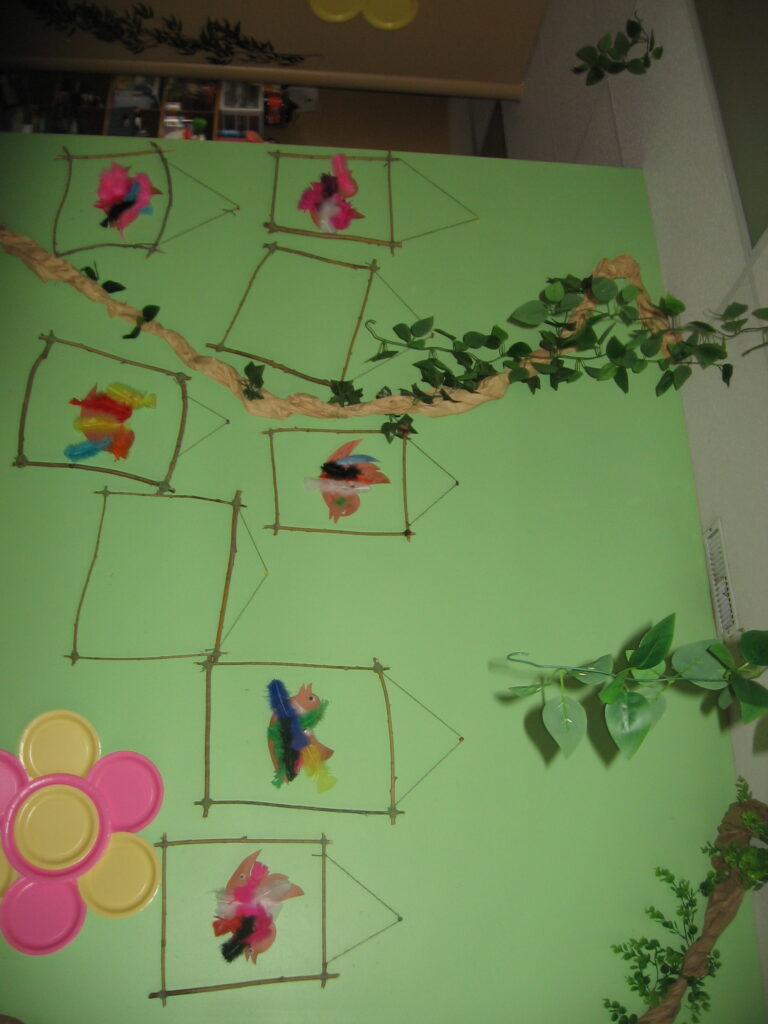
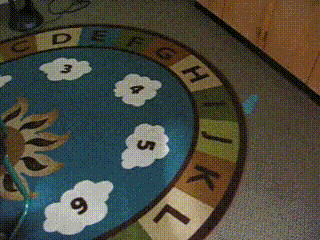
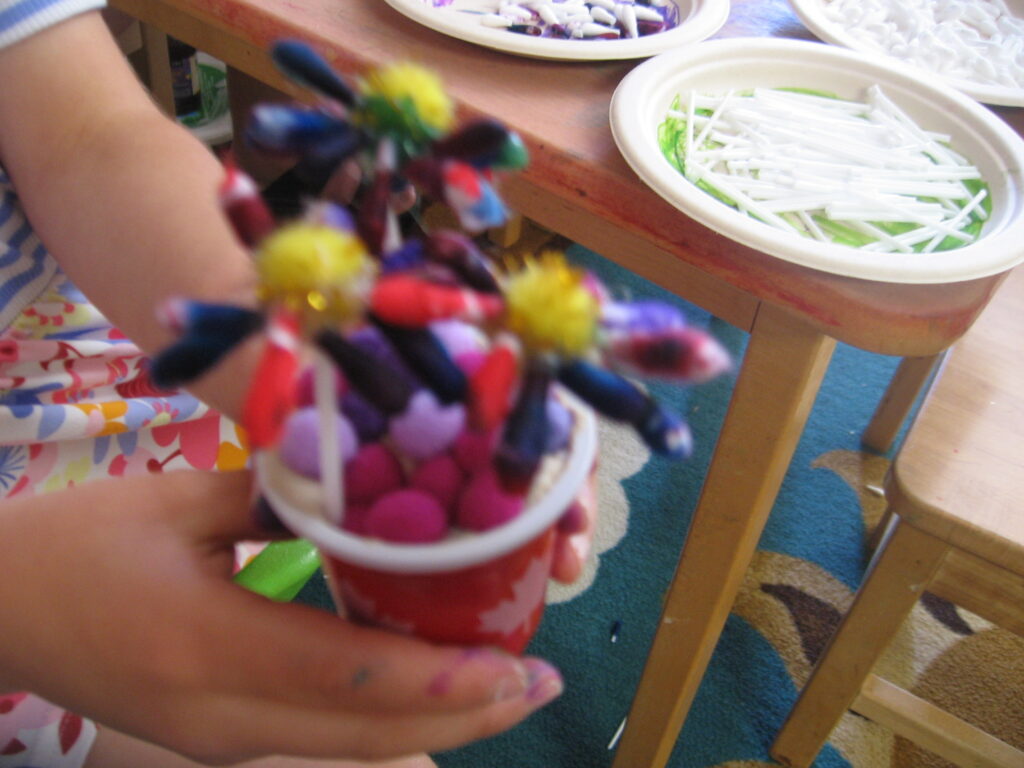
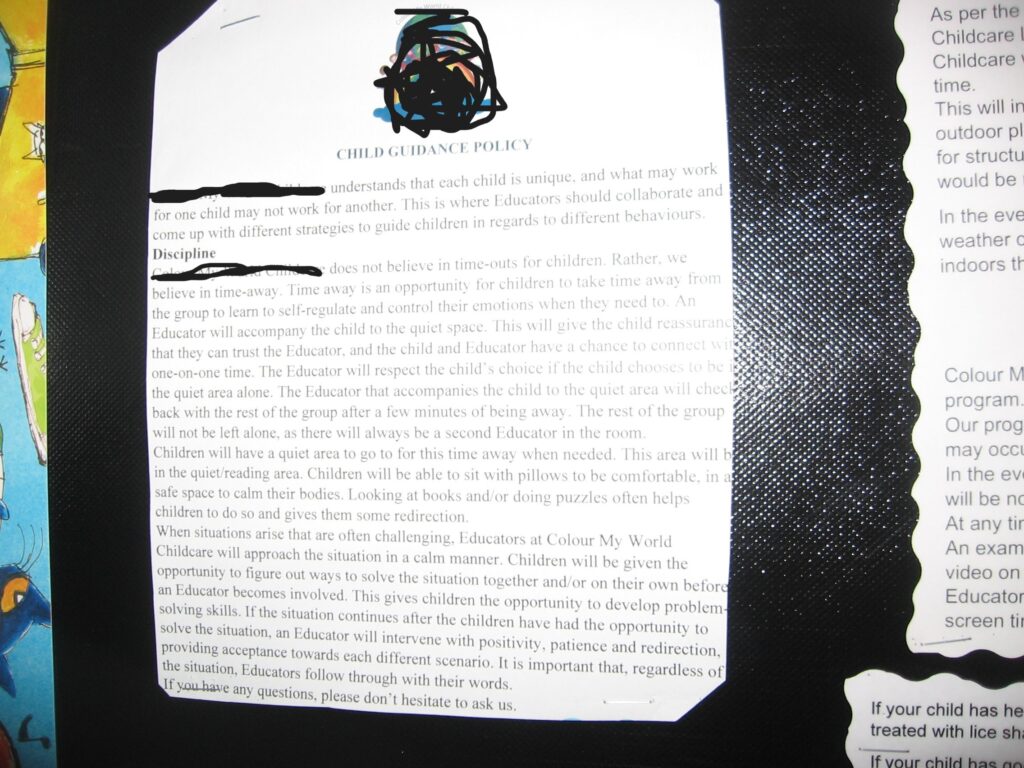
A Quick welcome/explanation
Hi there! Welcome to my portfolio. This is my first entry, so I’d also like to take a moment during this first entry to acknowledge the things I will touch on in each post. With each post, I will share a few photos and stories about said photos. I will also talk about things I learned and experienced for the first time. This will be a way to track my learning. For each of these ideas, I will also be connecting to readings we have completed in class and especially the BC Early Learning Framework. To save space and readers’ time, I will do inline citations in the correct way that APA7 calls for. However, I will have an alphabetized master list on a separate page called references, so please click in there if you would like the link. By connecting with readings, this lets me complete my Pedagogical documentation process, as this is the way I observe, document and interpret experiences. With each day, I’m going to make a goal for the next day and reflect on that as well. This is a way for me to continue my learning by providing myself with challenges, and I have to think deeper about every action I’m doing in my day-to-day life in practice.
What did I do, learn and experience today?
First impressions, building connections
On my first day at my first practicum, my daycare was actually missing quite a few of their children, so we mixed the 3-4 and the 4-5 classes. This was my first ever experience of daycares, past basic observations in a childcare setting. I feel that this actually worked in my favour, as it gave me a chance to connect more with the children one-on-one, building our relationships. In this week’s seminar class, we talked about the image of the child and how that can effect our view of children. Of course, I agree with the BC Early Learning Frameworks’ view (2019) “On an image of the child as capable and full of potential.” I also view children as capable and full of potential, but, I believe they are searching for relationships constantly. That’s why its important as an ECE in my opinion to connect one-on-one with children whenever possible. Hopefully by doing this, I can fuel their potential and see what their interested in and capable of to challenge them appropriately. Hopefully, by building these strong one-on-one connections, I’m building the blocks of really seeing the children for who they are.
Morning snack and building trust
The first thing we did when we had enough children was have a morning snack. During this time, I sat with the children, introducing myself when asked by the more brave and curious children. Within a few seconds of snack time, a child asked for my help to open an apple sauce pouch. After all the children saw me help, I think I somehow gained their trust because it was like suddenly it wasn’t odd to have me there, I was just another person. It’s amazing to me how quickly these children adjusted to having me in their classroom, but I think it’s because I was trying my hardest to remember these children are “capable and full of potential” (BC Early Learning Framework 2019), and I think they could feel I saw them that way. In my opinion, children can tell if you speak to them like they know nothing, so I always try to approach them like adults. Obviously, this doesn’t always mean adult language or understanding, but to me, it means respect and patience. So far in my experience, the children know a lot more than you would first suspect. After our snack, I got to help the educator with me for the day to clean up. We wiped up the tables quickly and cleaned up spilled cracker crumbs, well the children moved to free play.
The librarian and what I learned from him
On this day, a librarian came to the class. He brought a bunch of books and a couple of songs along! All his books were focused on storylines all about how it’s okay to be different. I think this is a great idea, as teaching children through stories and materials helps teach them in a way they can understand. I loved the idea of going from story to song to back to story, as it seemed to keep the children interested in everything that was happening. I couldn’t help but notice the children loved the movement songs, and they could get up and move a lot more than the ones with just hand movements. Personally, I think they liked these kinds of songs more because they felt like playing. This reminded me of the BC Early Learning Frameworks (2019) view on play: “Play is integral to well-being and learning.” I feel that I could really see in this scenario that play is obviously one of the ways children learn best. It keeps them engaged and lets them connect personally to scenarios and ideas using their imagination. This scenario with the songs really reminded me that I should try and frame lessons and activities as play. This is one of the easiest ways children understand things, as play seems to be ingrained in children’s DNA. The Educator I was with let me know that they try and get a librarian in often to read and sing songs with the children. She informed me that normally it’s a different librarian and normally the children are a little more into it, during this chat she gave me some tips I’ll be sure to remember. She said when reading stories to children, to try and be really expressive and excited to keep their attention a bit more than the new librarian did. I think for me, I could also try and ask the children questions that connect them to the story. This could help them try and connect personally to the story and its meaning, applying meaning-making to the practice of story time.
The park and what it taught me
After our story time, it was time to get ready for the park! At my childcare center, there isn’t a very large outdoor space, so a lot of days we go to a small park nearby! To help the Children get ready, the educators encouraged the children to get their shoes on and to go outside. I loved hearing the educator encourage the Children to put on their shoes rather than automatically helping them, as this helps build valuable life skills! As the Children were putting on their shoes, we had to put sunscreen on the children, and the educator let me help. At the park, the educator taught me that we have to scan the whole playground before the Children can enter because occasionally they find dangerous things. Thankfully, we didn’t find anything, but I really appreciated how the educator kept the Children safe. This aligned perfectly with our ECEBC Code of Ethics (2021) “principle 1:We promote the health and well-being of all children” by ensuring the playground is safe, we are ensuring a safe learning environment, promoting the child’s health and well-being. After that the children got to play freely while me and the educator had a chat, getting to know other educators ensures good relationships and communication and also aligns with the ECEBC Code of Ethics “Principle 5:We establish and maintain respectful partnerships with colleagues, allied professionals, community partners, and decision-makers to support the well‑being of children and their families.” By establishing a relationship, I can better learn how to support children and the views of the classroom.
What are my photos/videos showing?
I wasn’t directly told not to take photos of the children, but an educator mentioned that I would have to get a release from each parent to do so, so I have assumed I should only be taking photos and videos of the environment, materials, hands, and activities to tell my stories and document my learning. Some of these photos, if not all, will also always be over in my conversation board posts as well, but here I will connect deeper and with the bc Early Learning Framework and other class readings.
Sick policy
I wasn’t going to include this section on their sick policy, but I figured it would be important to talk about it because I had to see the educators use it in their classroom today. Through observation, an educator noticed a girl wasn’t herself. The BC Early Learning Framework (2019) says, “The educator strives to make meaning of what has been observed.” This is exactly what happened in this scenario. The educator observed the child wasn’t herself and decided there had to be a reason; they took her temperature, and she had a fever, so she had to go home. Thankfully, this educator strived to make meaning of what she observed or else no one would have known she was sick.
Bringing the outdoors in
These next two photos are of the environment! They have really tried to bring the outdoors in at this daycare! The tree made of paper in the front room is one of the coolest things I’ve ever seen! I’m definitely trying to make one one day! By bringing the outdoors in, in my opinion, we take a second to remember what to appreciate outside. The outdoors calms children, and hopefully, by including it in day-to-day life, we can help teach children to appreciate it. Because if they appreciate it, hopefully, they will take care of it. This idea fits in well with the bc early Learning Framework’s (2019) principles of learning: “People build connection and reconnection to land, culture, community and place.” By including the outdoors indoors, we build connections to the land and, in the long run, community and cultures.
Connecting with children through crafts
It was just me and an educator with three girls as everyone else napped. This was a great chance for me to connect with these girls. We made flowers out of Q-tips, and they turned out really cute. After the other Children came back from nap, the girls who did the craft with me asked if we could keep playing together. I feel like this was a really good start for connections and relationship building. Building relationships with the children is key, as a classroom is supposed to be “An encouraging learning community is a place where children want to go even when they are sick…An encouraging community begins in the mind of the early childhood professional.
To create a welcoming community in which all feel included and fully able to learn,” (Gartrell, 2017). To have an encouraging learning community like Gartrell calls for, we have to, as educators, make everyone feel welcome and included. One of the best ways to do this is to have a positive relationship.
How I connect to their child care policies
This is a photo of the facility’s child guidance policy. I love that they posted this in an easy-to-read place so parents and visitors of the class can read it and understand what to do in situations. The children in this room are not given time-outs; rather, they are given time to self-regulate with an educator by doing a puzzle or reading a book. I love this as it doesn’t punish the children for having emotions, instead it teaches them how to control them in a healthier way. I believe that teaching children this way is the best way to set them up for their futures. I loved their emphasis on the connection between the educator and child. For the same reasons, I stated above about having an encouraging learning community.
What was my goal for today? What’s the goal for tomorrow?
I thought it might be fun to give myself a general challenge for each day of my practicum, rate how I did with that challenge and what I think I could do better. As this was the first day, my goal was to just make at least one connection. And for today’s goal, I think I get five stars! I was able to start building some really important groundwork for connections with the children! I definitely think a few of the children warmed up to me by the end.
My next goal is to communicate more with the educators. As an ECE, building relationships with coworkers is equally important as building a relationship with the children. So much so, it’s actually in our Code of Ethics, as I talked about earlier, principle 5 of the Code of Ethics is all about having healthier relationships.
day two of practicum one
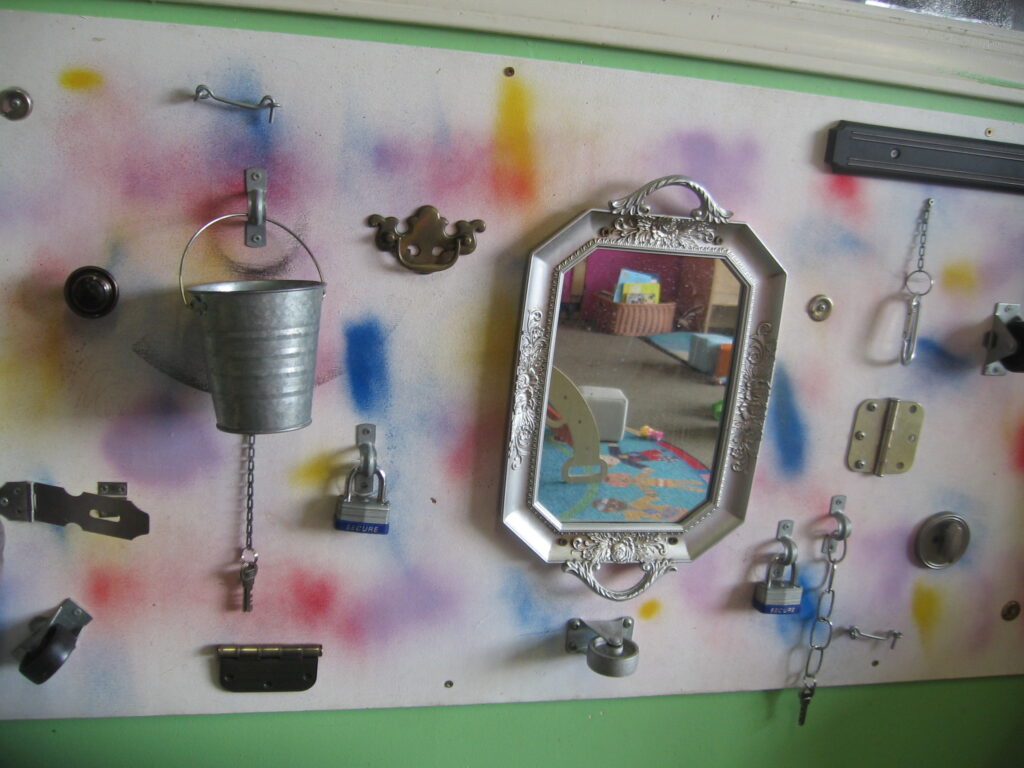

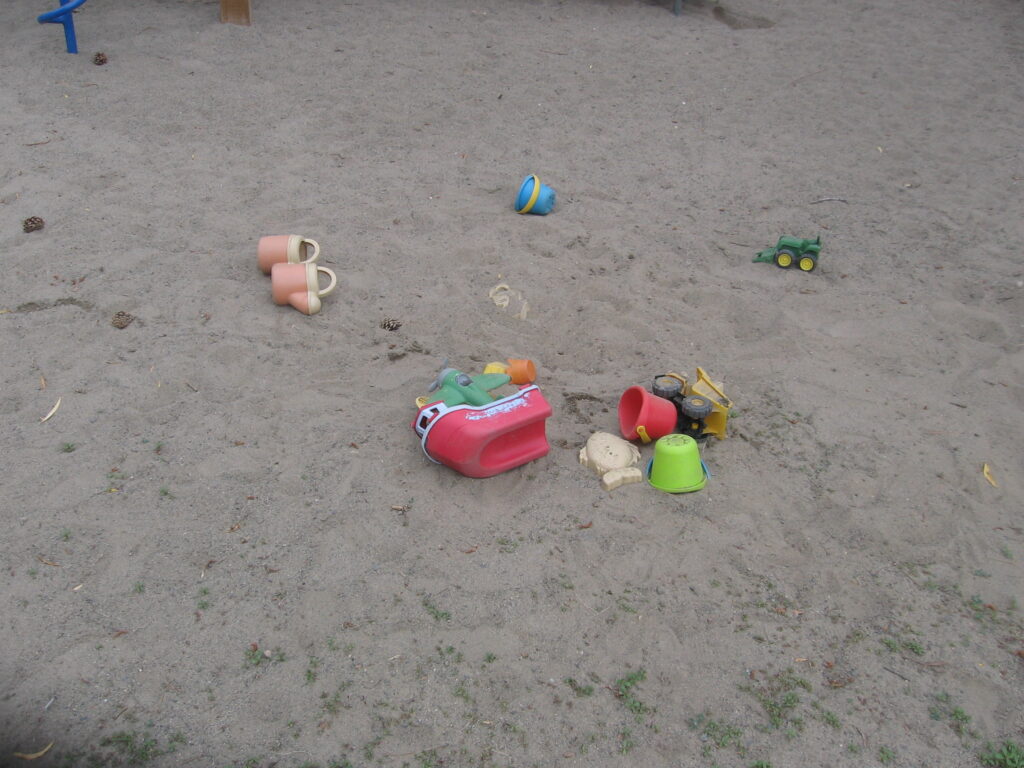
Day 2
What did I do, learn, and experience today?
Infant room
For the first half of today, I stayed in the infant room as my room had quite a few Children missing. This was my first experience with children under the age of 3, so it was a bit to adjust to at first. I was overwhelmed, but I got used to it quickly. A boy immediately tried to share his toy with me, and another boy asked for my help with Legos. These younger children don’t seem as uncomfortable with me as some of the older Children were when I first met them. To me, it was like they knew I was an adult, so I was there to help; they didn’t really care if they knew me, unlike the older Children who want to know everything about you before they feel comfortable.
Park with everyone
While I was in the infant room, the educator decided, because the weather was nice, to take everyone to the park. Almost everyone was placed into a stroller, and we grabbed our wagon full of sand toys down to the park. When we arrived at the park, I got to help check again for anything dangerous like the other educator had taught me to on the first day, while the other chunk of the park was checked by another educator. After a few minutes of playing, the older Children joined us! The whole daycare was at the park, and we had a lot of fun playing in the sand. I learned that Converse are not the shoes you want to wear when playing in the sand, and that it might be a smart idea to bring an extra pair of clothes because I was all sandy and dirty when I got home. (I base a lot of my thinking on BC Early Learning Framework quotes, so I apologize if this gets old, but…) The BC Early Learning Framework (2019) says, “Early care and learning spaces become places of gathering, and children are active participants in the community.” This daycare extends its learning space into the community by using the community park right behind the building. I love seeing this park full of Children because other than the daycare children, it doesn’t seem to get much use anymore. Hopefully, by having children in these spaces, people will see it and maybe take care of their local parks. I’d really enjoy seeing children in parks like these more often. I often drive by similar parks and see them completely empty and in disrepair because of how long it has been since someone cared about them. We stayed a long time in the park because the weather was really nice!
Lunch back in my main room
After the park and the walk back, the educator recommended I switch to the older class, even though they were short children, as the younger Children were going to nap for a while. When I got back into the older room, they washed up and had lunch. I really love lunch times as a chance to connect one-on-one with children. The educators recommended sitting with them as they ate, and this really helps as the children get excited to ask you questions and ask for your help to open things.
Naps for some, fun for others
After a few of the children who mixed with our class from the 3-4 room had to go to nap, the rest of our class went back outside, this time to the backyard. I was really shocked to see tires as a play material, but I love them, and so did the Children. They were strong enough to lift the tires and push them around. I was shocked, but this totally fits in perfectly with the BC Early Learning Framework’s (2019) view on the child: “Children are strong, capable in their uniqueness, and full of potential.” I wouldn’t have been as shocked if I had remembered to view them as strong and capable. I’m glad I didn’t react right away, as I would have asked them to stop, but the educator just reminded them to be careful, and they raced and had so much fun. This reminded me of Curtis’ thinking lens (2017),
“Knowing Yourself, How am I reacting to this situation and why? What in my background and values is influencing my response to this situation, and why? What adult perspectives, i.e. standards, health and safety, time, and goals, are on my mind?”
In a scenario like this, I have to remember to use a thinking lens so I can realize my adult perspective on what is “safe” or not, and react in a better way. Thankfully, I’ve learned so far to pause and observe before reacting, as I forgot to ask myself these questions in the moment and could have ruined the fun.
What are my photos/videos showing?
(This day, I didn’t find very many moments to take photos, so all these are the same as on my conversation board I shared with the class.)
Metal sensory wall
This photo is a metal sensory wall in the infant room. These were objects I didn’t expect to see in a classroom. But once secured to the wall, they make a great noise and are fun to play with. In my opinion, this offers Children a different experience from playing with plastic toys. This sensory wall fits in perfectly with this quote from Virtual Lab School (2023): “Authentic materials are not specifically designed for educational purposes, but rather they are objects that young children experience and interact with in everyday life. Real-life materials allow children to explore, discover, and play in many different ways.” These metal objects are everyday items that these children might see and interact with; by attaching them to the wall, they are also appropriate for many different ages.
Clouds
This photo is of these really beautiful clouds that are made of fluff. I didn’t even notice them until a boy showed them to me. The clouds and the rainbow add a whimsical feel without being too distracting. I feel like this is also a way to bring the outdoors in, as we talked about last semester during our environment project. This is important as the outdoors can make children feel happy and calm. It’s also a way to connect to the BC Early Learning Framework (2019): “People build connection and reconnection to land, culture, community and place.” By bringing the outdoors in, this gives children a reminder of the outdoors, letting them connect to the land and, in the long run, the community and culture.
The park
This photo is from the park. The whole daycare went to the park. Most of the time I was in the sand playing with the Children. I got really dirty, but they loved it! This was a really great opportunity to connect with the Children through play. After playing at the park, a few of the girls seemed to be attached to me. At every moment, they were asking for my help or to play with them. As I mentioned above in the section on parks for everyone, during this time, I really got to make connections with many of the children as they seemed excited that I got right into the sand with them.
What was my goal for today? What’s the goal for tomorrow?
Today’s goal is to communicate more with the educators. As an ECE, building relationships with coworkers is equally important as building a relationship with the children. So much so, it’s actually in our Code of Ethics, as I talked about earlier. Principle 5 of the Code of Ethics is all about having healthier relationships.
I think I’d give myself three stars for this goal today, as I feel that I didn’t quite get to have a moment to connect, as I moved halfway through the day. I’ve given myself three stars for today, as I feel I’ve only just built the foundations for these connections, and I wanted to build these connections a bit more. For my next practicum day, I will meet my new head educator, so I would again like to make my goal for the next day to build connections with the educators, as the ECEBC Code of Ethics calls for in principle 5.
day three of practicum one
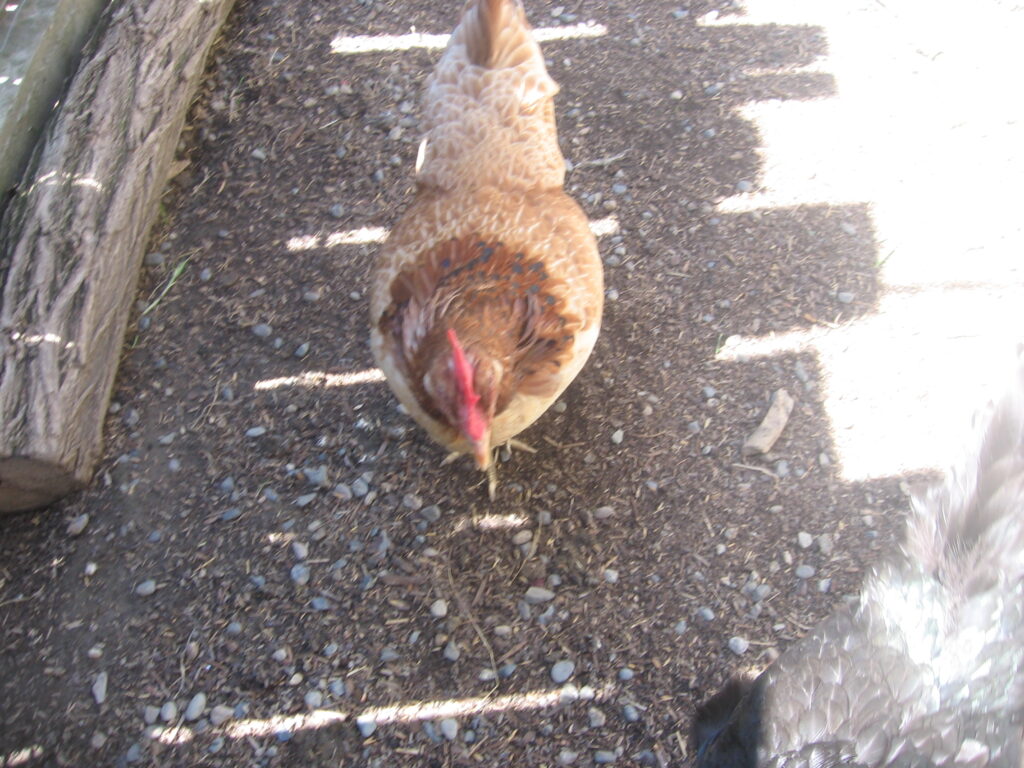
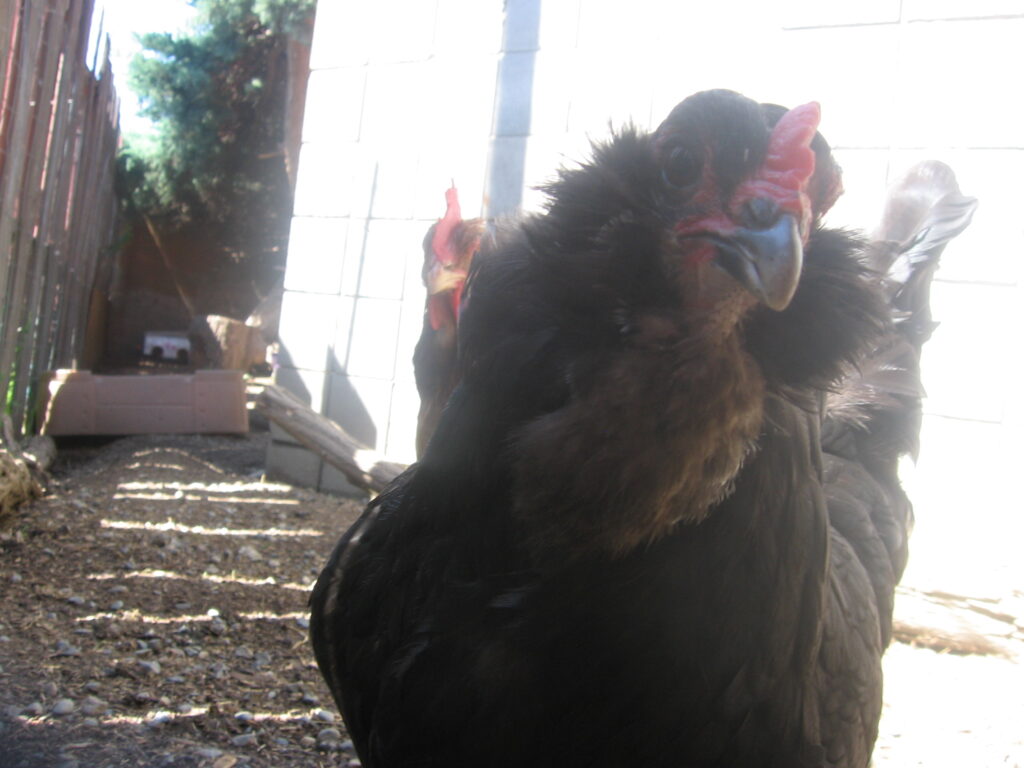
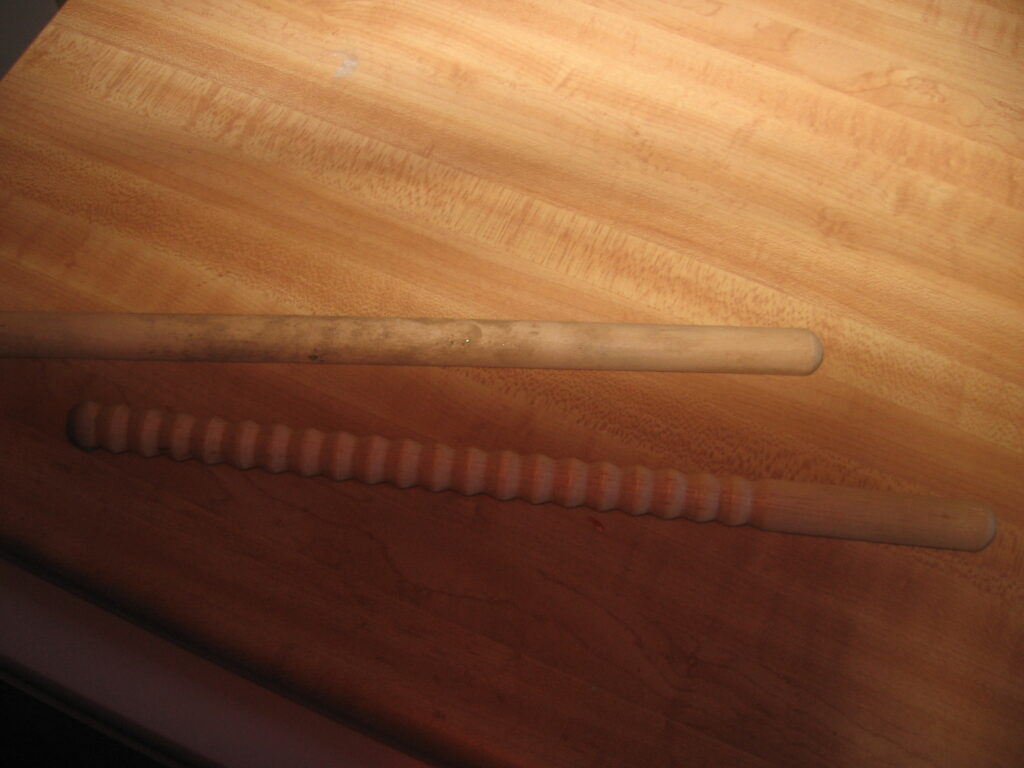
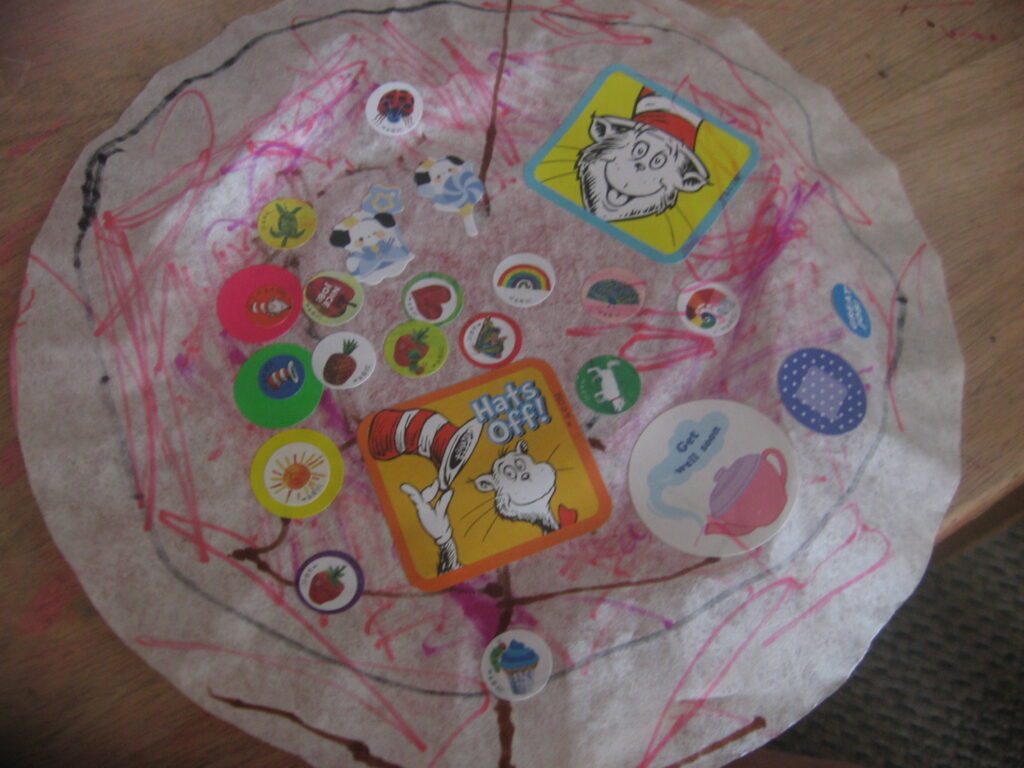
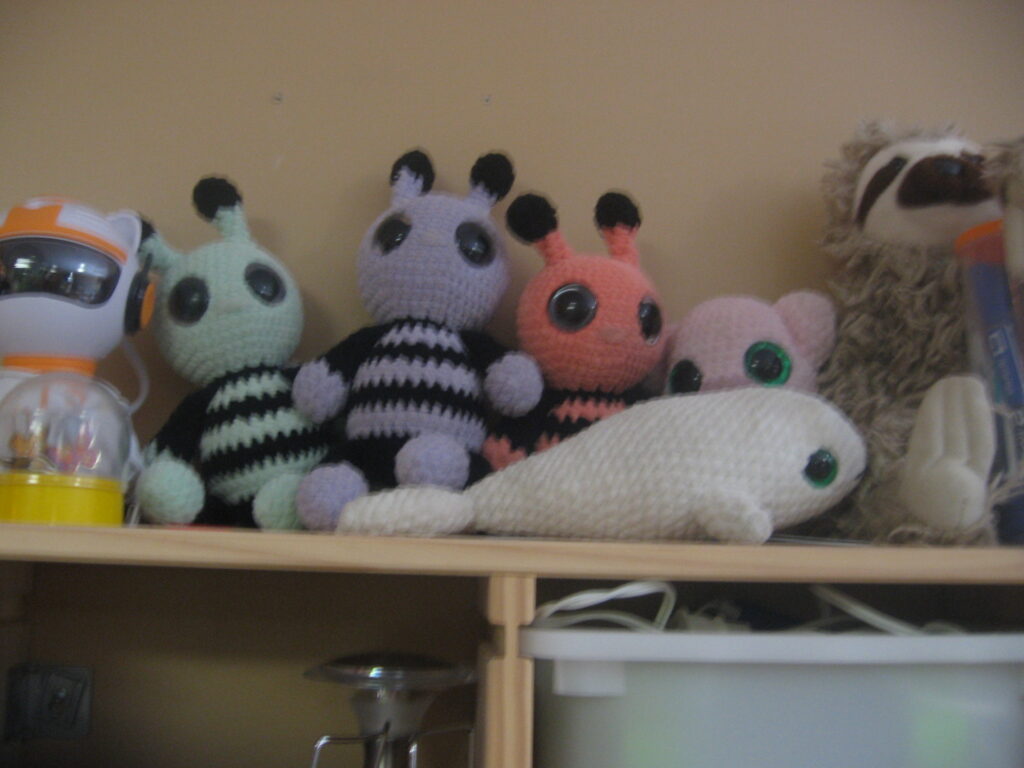
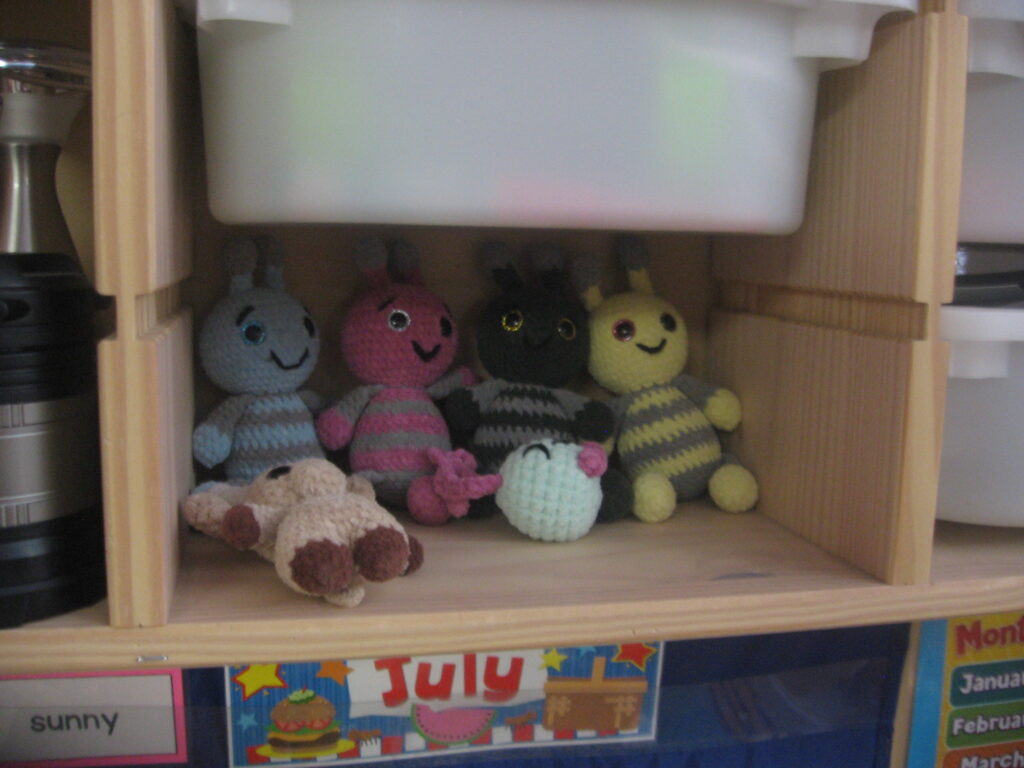
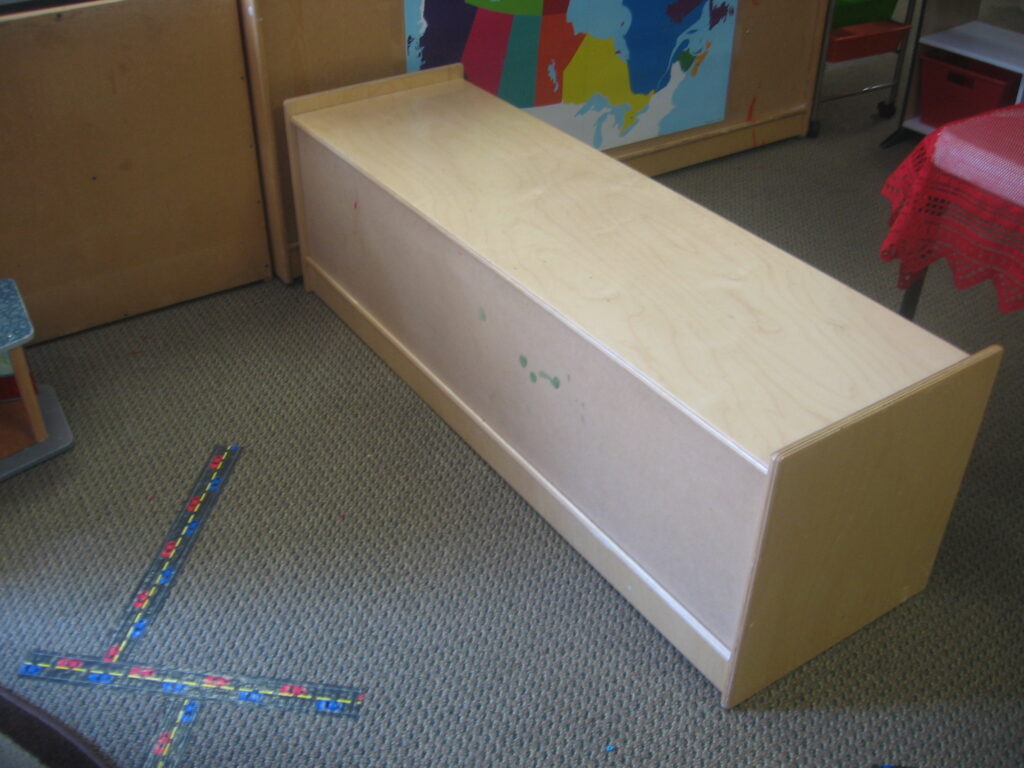
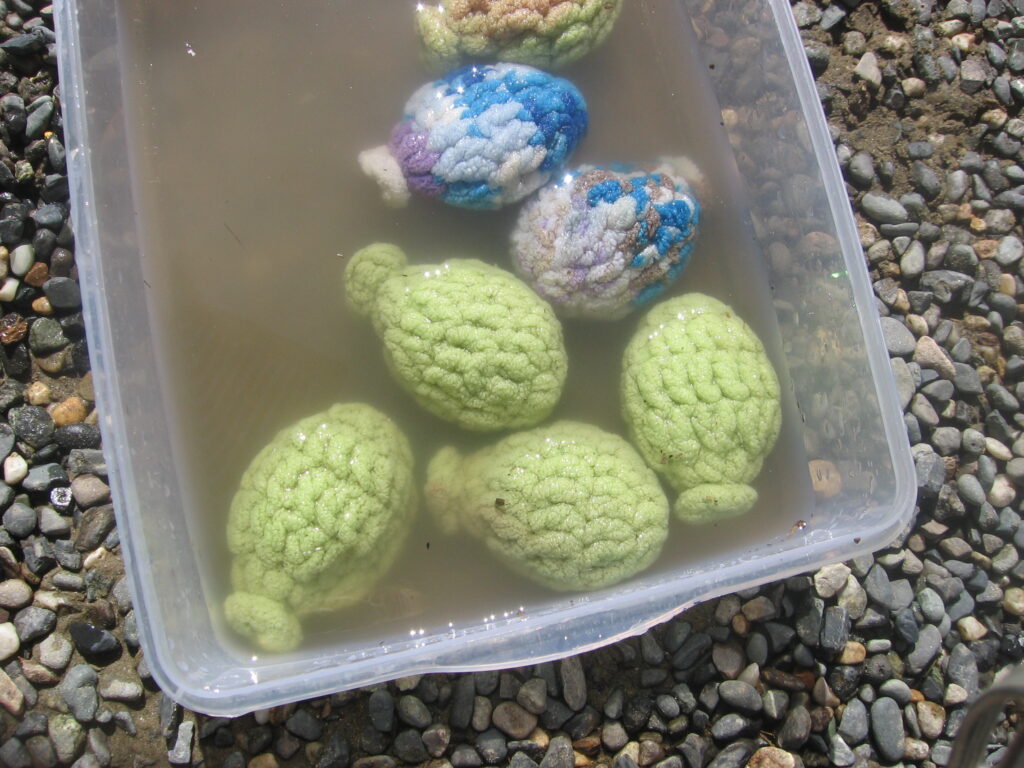
Day 3
What did I do, learn and experience today?
The first two boys
At the start of my day, at 7:30 this morning, I found two boys playing like crazy! These boys were running around and screaming. When I commented on how much energy they had, the educator told me, “Oh, those two are always like that”. This went on for an hour or two, but then I noticed one of these boys started having breakdowns more often. The educators noticed this and thought it was odd, as he doesn’t normally have this many breakdowns. Because of this, they took his temperature and he was sick. He had a high fever and had to go home. I’m very happy these educators are skilled observers, as without this skill, this child would have continued to feel sick in class.
“Spontaneous observations occur all the time. Whether teachers are actively engaged with their children during an activity or in the background cleaning up after an activity, teachers have numerous opportunities to see and hear some wonderful developments as they randomly occur.” (Elam & Peterson, 2020).
The teacher’s noticing he was off during his play and social interactions was the perfect example of a spontaneous observation. They used their skills to hear and see that something was obviously off with the child.
Forgotten glasses
I had a very busy morning and forgot my glasses. When the first boy arrived, he said, “Oh, that’s you, you look different.” I wasn’t going to mention this in my writing today, but I feel like I should because later I learned there was a girl in the class who needed to wear glasses and she just got them. As an ECE, it is my job to be a good role model for these children. This reminded me of Bandura’s social learning theory: “Children become more and more accurate in their ability to imitate a model as they grow older” (Marion, 2015). From now on, I’m going to be careful to remember my glasses as I am one of the people that these children will be looking to imitate.
Water balloons
Today we played in the backyard with water balloons! My educator is a really talented crocheter! She made water balloons out of yarn that the children can throw at each other. I loved the idea of using yarn for a water balloon substitute. The reason I loved this is that it is not only better for our environment, but it also offered the children more options for other play rather than just throwing it. I saw children use the water balloons as sponges to clean play equipment, and also as a delivery device to make mud! Having these alternative water balloons offered the children a chance to use their imagination!
Worms
While we were outside, the children wanted to hunt for worms. The educator said they did a whole day focused on learning about worms, and ever since, the Children have been obsessed! As the Children started to get excited about worms, the educator asked the children if they wanted her to grab the grunting sticks. I had never heard of this, but if you rub a smooth stick and a bumpy stick together, it makes vibrations in the dirt, bringing the worms to the surface. This actually worked! The children got to feed the chickens that live in the backyard all the worms. I thought this was a really interesting way the educators can: “provide with opportunities to enrich and deepen their relationships with place, land, and community,” as the BC Early Learning framework (2019) says. I loved that the children got so excited about this that almost all of them forgot about the water balloons. This was obviously something the children are really interested in, so I’m glad they get to learn about it!
Quiet time
When my classroom is full, it is all four to five-year-olds, so none of the children nap. But our room is connected to the baby rooms, where almost all the children nap. So, during this time after lunch, we have to be doing quiet activities so we do not wake them up. During this time, a girl and I, who seemed to really like me as she is always asking if I can sit with her and play with her, made up a game with pegs. She was clipping them to the lip of the box and accidentally bumped one. When she bumped the peg, it went flying towards me, so I put my hand out to knock it back into the box. As we did this, she started smiling and getting excited! It immediately turned into a game. I love how fast children turn things into a game. This proves to me that “Play is integral to well-being and learning,” like the BC Early Learning Framework (2019) says. If we can turn learning into play, we can teach them in a natural and fun way and also take care of their well-being by making them comfortable! This game was a great practice for fine motor skills, and I was also getting her to count how many we clipped on the box to practice numbers. Additionally, I asked her about the colours and to make a pattern to try and hopefully teach her something while we were playing.
All the art projects
Throughout the day, we did a lot of art projects, paper rolls on the table, coffee filters to colour and cut into whatever with glue and feathers. One of the boys at the daycare is a great artist. he added pompoms and made a “clown bird” and a “baby clown bird.” They actually looked like what I would imagine a clown bird to look like.
Today we did a lot of art projects! I will never get over how creative young children can be. John Dewey’s four main interests of children really shine here for me. Dewey believes “Children find pleasure in making and building things. They work industriously, for example, in constructing models of buildings that they have seen or that they imagine” (Marion 2015). I can really see that a lot of these children possess a great passion for creating things. I’m glad the educator sees that as well and uses it to guide them in their work! These children have amazing imaginations, especially the boy. he loves to make art, but he only made one thing, then he said he was done. We were trying to keep the children doing quiet activities, so I didn’t want him to leave his art table, as that’s when I have noticed he gets rambunctious. So, I decided to challenge his imagination. I asked him what he created, and he said a clown bird. I responded Wow, a clown bird, how cool! Then, he told me it was wearing a dress, and it was a mommy clown bird. This is when I had my idea to keep him creating art. I asked him, Wow, a mommy bird! Does it have a baby bird then? I saw him get really excited, then he said: “Oooh, I should make a baby bird”. This is how I can use Dewey’s theory as he recommends to be more effective: “When we guide children, paying attention to these interests will help us be more effective,” Marion (2015). To me, it’s obvious that the educator also pays attention to the children’s interests, as she has art and creative materials available at all times!
What are my photos/videos showing?
Grunting sticks and chickens
I have been hearing the children talk all about their chicken friends, but I haven’t really seen them until today. When we were out playing in the yard with dirt and water, the children and the educator started looking for worms to feed the chickens. They used two sticks called grunting sticks to find the worms, and it actually worked! They found five or six worms before taking them in to feed the chickens. The chicken’s names are Pineapple and Coffee-Bean. It really makes me happy seeing children interact with animals and be excited around them, as I grew up on a farm. I know I learned some really important things about the land and environment through animals, and I hope maybe these children can as well. To me, this also fits in perfectly with the BC Early Learning Framework’s principles (2019): “People build connection and reconnection to land, culture, community and place.” By introducing concepts involving the environment and animals, I hope it helps children connect with the land like I got to experience growing up. Because of my personal experiences, I now really feel like I know how to appreciate and take care of the land and environment.
Coffee filter art
The children all have their own art bins so that during play time and quiet time, they always have an option to be creative! I’ve noticed the children love stickers and putting them on papers and drawing around them to create art! I’m definitely going to bring some stickers in that I have at home because I would love to see what they create using them!
Travelbuddiess
As I have mentioned previously, my educator is a crocheter and makes a lot of things for the classroom. This picture shows a shelf with crocheted friends for the children to take whenever they go on a trip! One of the bees had been to Mexico like three times, it was amazing to hear about! The educator has a picture book she keeps full of pictures that the parents take on the trips of the children and the travel buddies. The educator mentioned that some of the children don’t really go on trips, so she will let them take a buddy to a fun local event as well, like hockey games or the animal park, so children don’t feel left out. I loved this idea to make sure everyone was included. The ECEBC Code of Ethics (2021), principle 6 says, “We work in ways that affirm and enhance human dignity, respect fundamental human rights, and celebrate difference and diversity.” To me, this fits perfectly with what the educator was doing. By ensuring everyone got to do something with the travel buddy regardless of their situation, the educator was ensuring that human rights were respected and differences were celebrated.
The jumping shelf
This simple picture is probably my favourite of the day. You wouldn’t expect it, but at the end of today, this was the main object for play. The children were climbing it and jumping off! They would jump and spin in the air before crashing to the floor. Each time they would land, they would be laughing, but for some reason, I was worried. Thankfully, I’ve been trying my best to remember to use some of the questions in Curtis’ Thinking Lens, so I didn’t react right away. Instead, I observed and took a second to ask myself “What adult perspectives, i.e. standards, health and safety, time, goals are on my mind?” (Curtis, 2017). By asking myself this I realized that I was too worried about them hurting themselves to see that they are having fun and learning how their bodys work! I’m so grateful I’ve been able to remember these questions, as they help me not to ruin the natural learning process that is play.
Eco-friendly water balloons
I talked about this already above!
What was my goal for today? What’s the goal for tomorrow?
I once again made my goal for today to be to connect with my educator to hopefully meet with Principle 5 of the ECEBC Code of Ethics (2021). This principle calls for us to “establish and maintain respectful partnerships with colleagues, allied professionals, community partners, and decision-makers to support the well‑being of children and their families.” As this was my first time meeting my new head educator, I was focused not only on connecting with the children but I was also focused on making a connection with her. When ECEs have a good relationship, we can communicate the most efficiently, and I think this is something that will be my key to learning how to be a great ECE.
I have given myself four stars for today’s goal, as I feel I need to ask more questions as we are going along in the day-to-day. This is something I will remember, as being a successful ECE, communication and connections are key. My goal for tomorrow is to try and do something totally out of my comfort zone. I’m not sure yet what it will be, but I know I will not learn anything if I don’t get comfortable with everything this job entails. I know I’m nervous about learning songs and reading books, so that might be something I push to do.
day four of practicum one

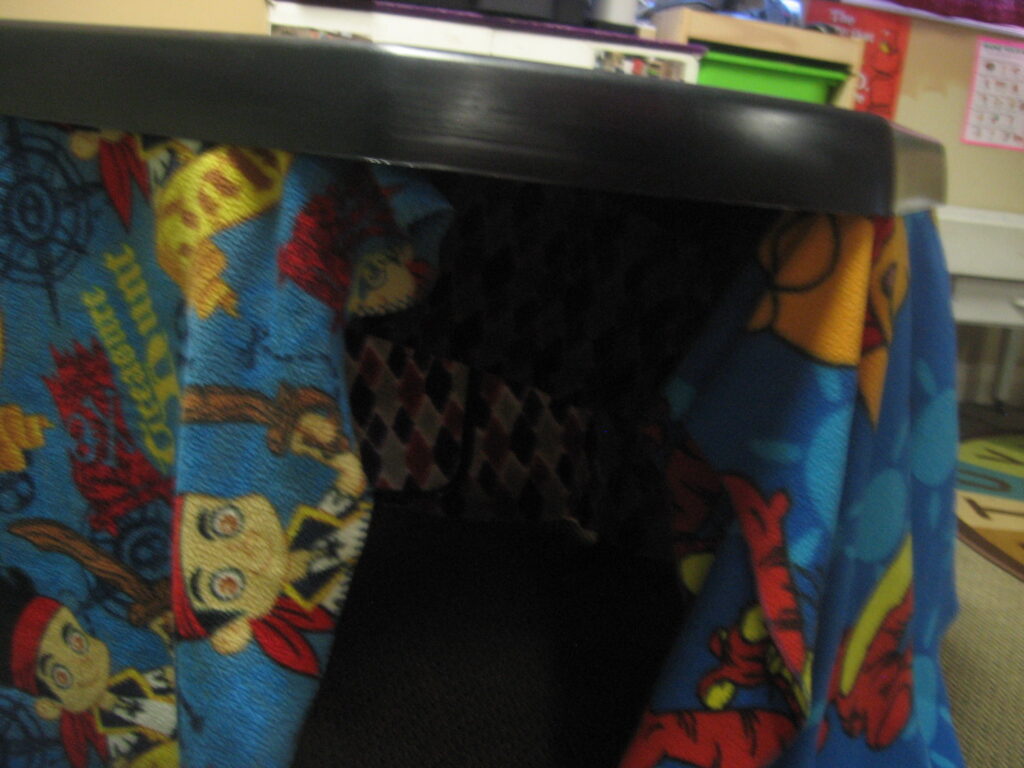
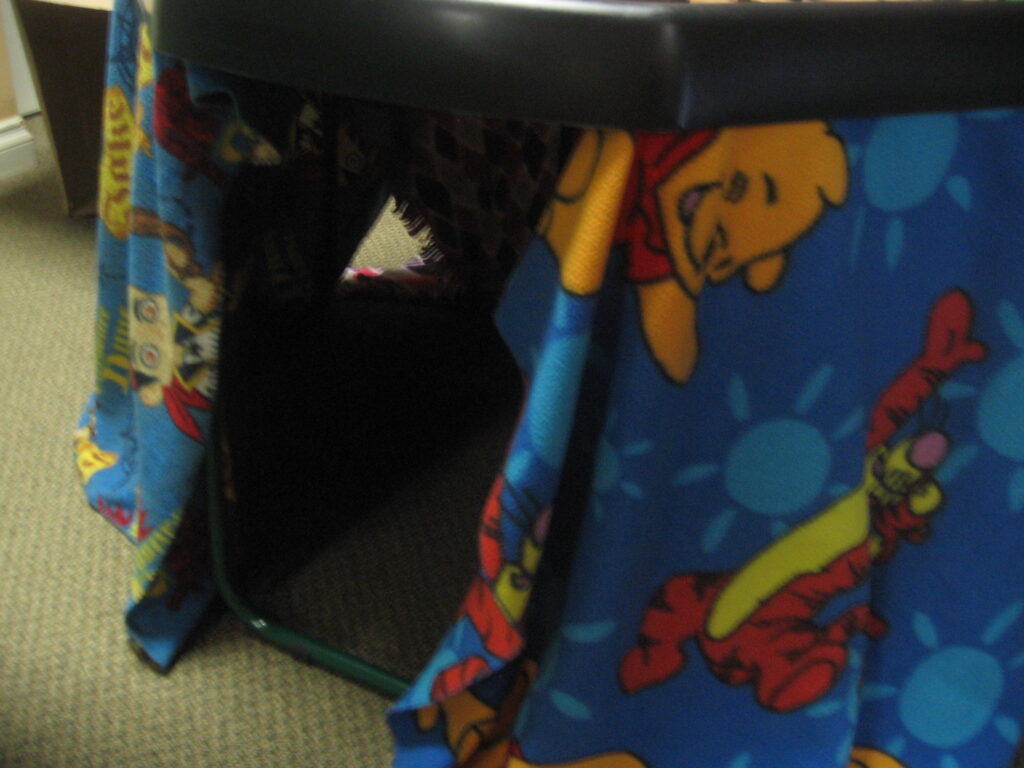
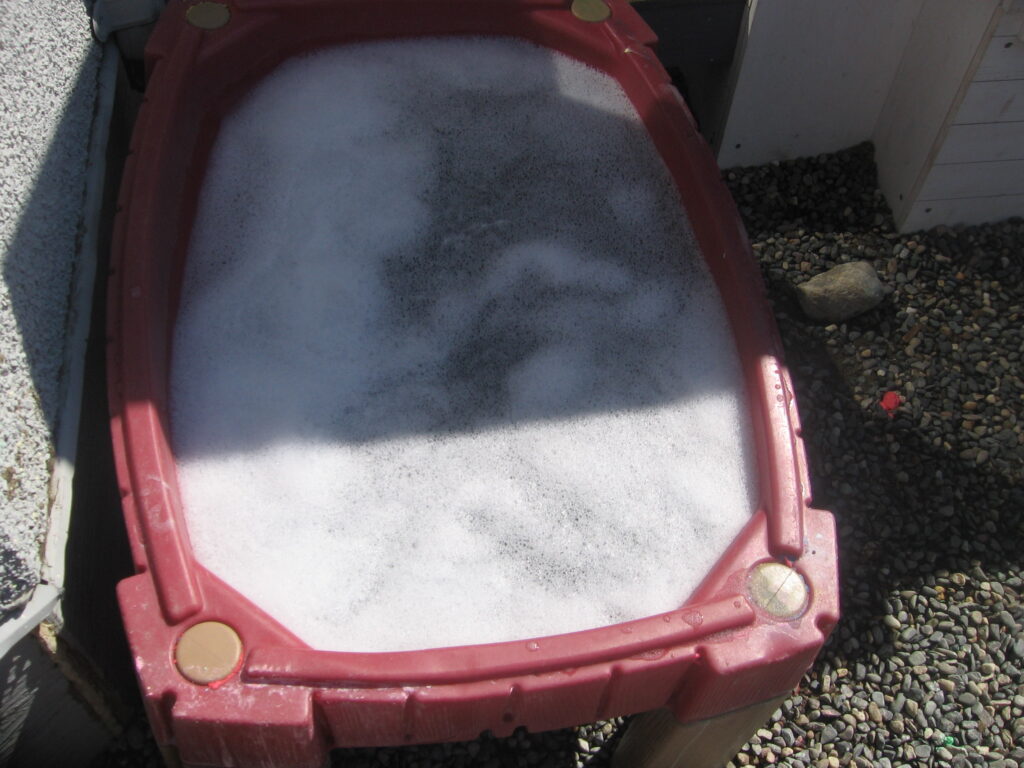
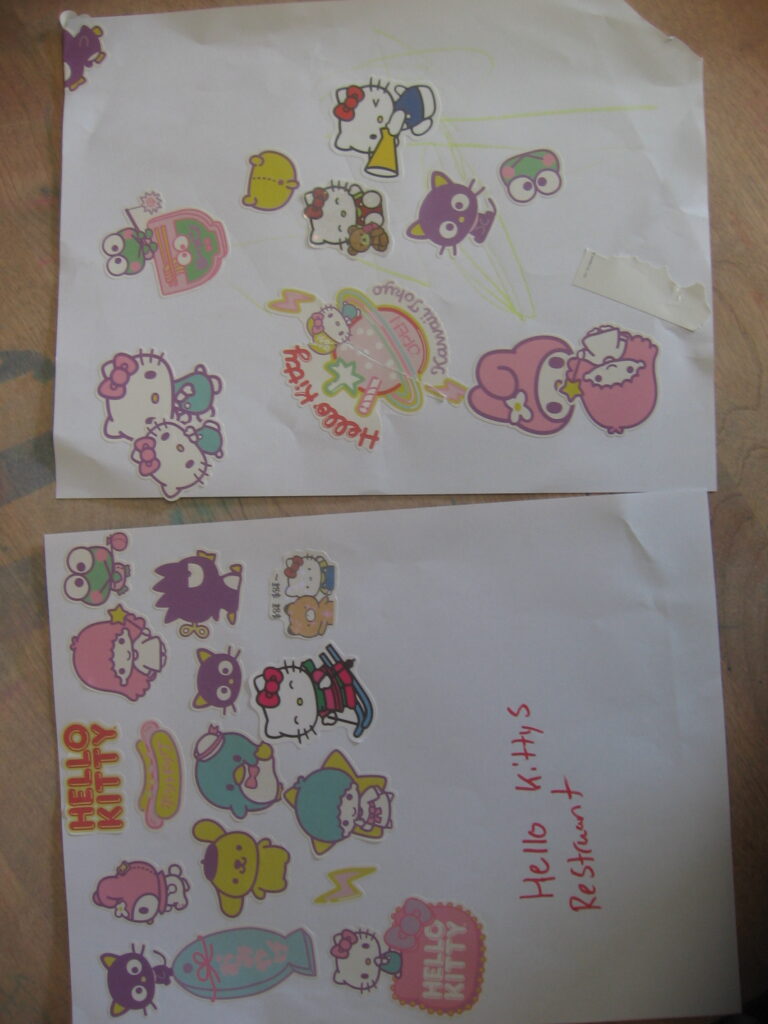
Day 4
What did I do, learn and experience today?
Boxes
Today they brought in another interesting material for the children to play with! There was a big box that the children could play with! The first boy who came in was really excited about the boxes and immediately wanted to make a house out of them. This once again reinforced the idea Dewey has about children having as their main interests, like I mentioned in yesterday’s post. This child loves to construct things, and the educators all seem to know this, as they keep telling me about all his art creations. I love how this child shows me every day that not only do I need to view children as BC Early learning Framework (2019) says: “Children are strong, capable in their uniqueness, and full of potential,” but I also need to remember that they are insanely creative in every aspect! Whether it’s their imagination or their problem-solving, children are the experts in creativity, in my opinion.
Water, mud and soap
Today, after our snack, we went right outside to the backyard. When we went outside, the educator didn’t seem to have a plan that I could tell. I think we were going to just do free play, but she listened to a group in the corner at the water table ask for water. When she gave them water, she saw they were going to wash their dinos and asked if they wanted soap to wash them with. She added dish soap to the water, and the children had a lot of fun imagining they were at a dinosaur car wash. I love watching the educators at this daycare listen to what the children want to do and always seem to take it a step above. When they saw that the water table was a hit, they decided to fill the back dirt box with water to make a muddy area. One educator reminded a group of girls of a time they used shovels to move around rocks and added water to make rivers. This idea excited the girls. As the two girls worked super well together to make a big river that they dumped buckets of water into to make it flow. The BC Early Learning Framework (2019) says, “Play is an approach to inquiry, a way to research the world. By providing diverse materials and experiences, educators create spaces for experimentation and transformation.” The rocks and the mud provide the diverse materials needed for these girls to experiment and play in exactly the way they wanted to! I love that this space always seems to ask the children to experiment.
Meal time connections
I’ve said this before, but I’m really feeling like meal times have been the best times to build my connections with the children. I love sitting in the middle of them, while they eat so they can ask for my help. Meal times also seem like the time where the children chat the most as a group, and so far, it’s been a totally different experience than trying to connect one-on-one. I really want to say things and ask them questions, but I also really enjoy listening to their conversations!
Reading a book
As the educator cleaned up from lunch, a child asked me if I could read with her. I said, “of course, I’ll read with you!” Reading books out loud is definitely something I’ve been nervous about, as I have a learning disability, and one of the main things it affects is my reading. I remembered the chat with the educator on my first day about what to do to keep the children’s attention when reading a book. Because of this chat, I tried my best to sound excited, and I also tried to explain the pictures as well to keep them engaged. As I read, more children came around me. This was one of my favourite experiences I’ve had so far in my practicum.
Stickers
After lunch is always quiet time, so I brought out the stickers I thought about bringing on the day before, when I noticed they really loved to use them in their art. Emily Elam and Gina Peterson (2020) say that “Intentional teachers use their observations to plan and implement curriculum.” While I’m not able to implement curricula at this time, when I can, my goal will always be to be an intentional teacher, so I’m trying to practice this now. Over the past few days, I’ve noticed a love for stickers, so I brought in a whole bunch to let the children use them however they want.
I really feel like I’m making connections.
After the children were done with art, the child whom I played the peg game with last time asked me if we could play again. I said yes, but this time it was slightly different. I invited other children to join us because I wanted to talk to more of the children. A group of us played the peg game we came up with yesterday, and they all had a lot of fun! I’m really glad I’m getting the chance to practice making these connections. I feel like I’ve been doing good at playing with the children, that’s why they have been connecting with me! I strongly believe that play is the way these children understand the world, so if you can play like them, they will understand you. I really feel like I’m making great connections with these children through playing because after I play with them, they seem to like me more!
What are my photos/videos showing?
Certificates
The thing that I wanted to talk to the class about the most from this day was these certificates the teacher fills out on days when the children are on really good behaviour. I loved this idea as it gives the children a boost in their self-esteem. The children got really excited as soon as they saw the papers, and immediately all asked for their own certificates. The educator agreed because they had all been really well-behaved today. Urie Bronfenbrenner believes “Every child needs at least one adult who is irrationally crazy about him or her” (Brendtro, 2006). I really feel like these certificates are a great way to be sure that each children feel that an adult is “crazy about them.”
Blanket fort
When the other children started to arrive in the classroom after that first boy made his box fort, they all wanted in. The educator saw this and decided to make a blanket fort so that more children could participate! I loved hearing all the stories and plays that were happening in both these areas. At one point, the box house was a castle, and the two children inside were a prince and a princess. They asked me to be a knight and protect them from dragons, so I did. I crawled around and tried to scare away the scary dragon. The blanket fort was used at one point to play house and then as an animal cage at a zoo. I love how creative these children are at all times.
The dinosaur car wash
This is the water table I talked about above! The day before, outside, the children had gotten their outside dinos all dirty with chalk, so today they wanted to clean them up in the dino car wash!
Hello Kitty stickers
I talked earlier about the stickers I brought in. These were two of the creations the children made with them! I think this is their favorite kind of art as I see them do it all the time.
What was my goal for today? What’s the goal for tomorrow?
My goal for the day was to do something out of my comfort zone, and I definitely got to do this when reading the book today, like I talked about above. I’m so glad I pushed myself to do this as it is the only way I will ever learn how to be comfortable with it. Story time is such a great way to teach children values, but also as a way to connect and build relationships, so I’m glad I’m starting to get used to it!
Reading the book went really, really well! And not to brag, but I hardly stuttered! The children seemed to be engaged, and they asked for another story afterwards! I’m so glad I pushed out of my comfort zone! My goal for the next day is just going to be to demonstrate I know how to interact and connect with the children, as my seminar instructor is going to come and observe me. I really want to show her the connections I’ve made with the children.
Day five of practicum one
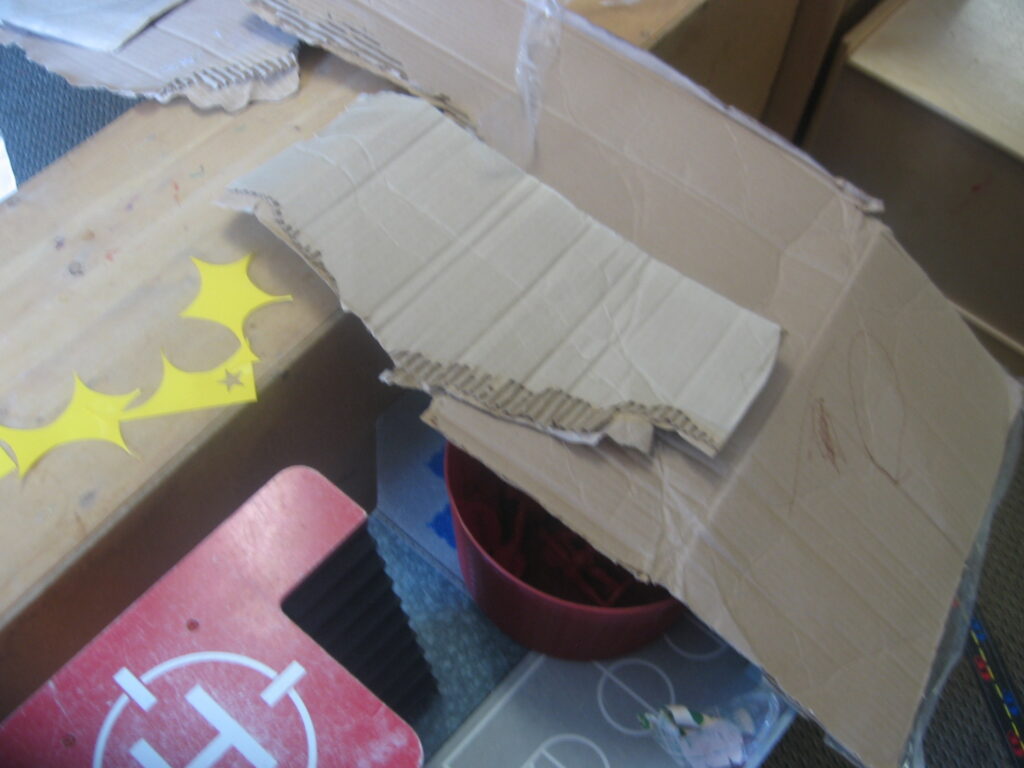
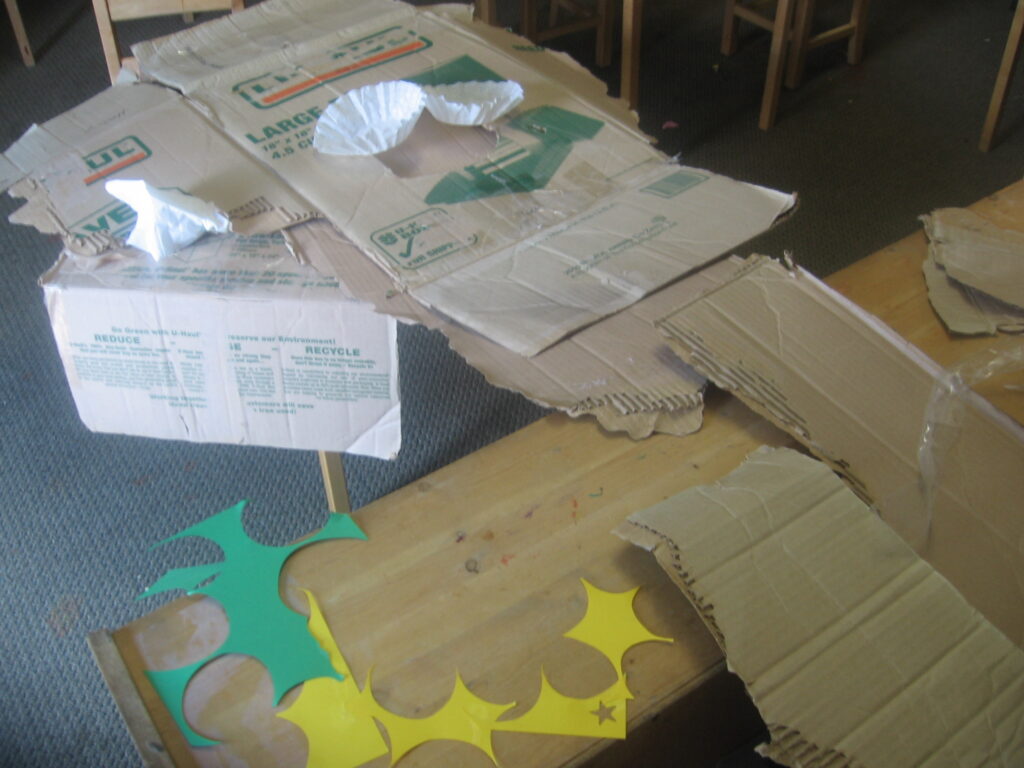
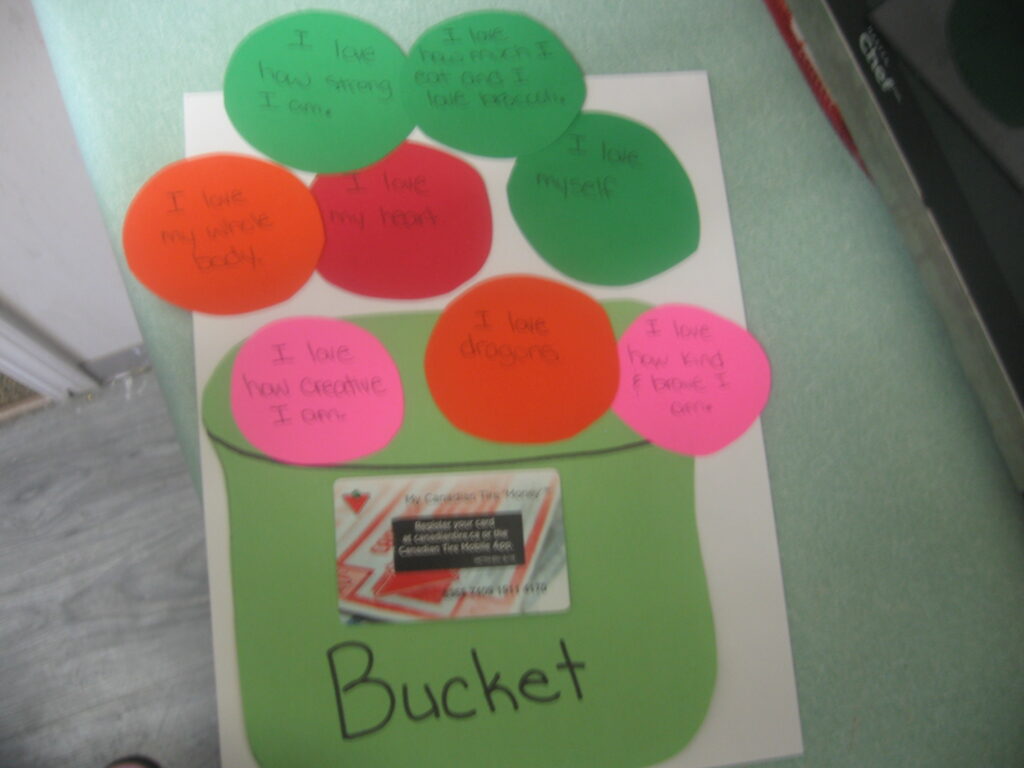
Day 5
What did I do, learn and experience today?
The writing for today is a touch shorter, as mentally I was very focused on the fact that I was going to be observed.
Cardboard box for self-regulation
The first boy in had apparently had a tough morning. He seemed better now, but he and his mom had argued because he wasn’t listening this morning. When his mom had left, he saw the cardboard box house from yesterday and decided he wanted to wrestle with it to flatten it. He wrestled and attacked it, and the educator said, “Hey, you know when you feel frustrated like you did this morning? You should ask mom or dad if they have a box you can do that to, to take out your frustration.” I love this idea as we have learned a few techniques, like breathing techniques and other calming strategies, but I never thought of teaching them in a physical way like this. Apparently, another girl in the class uses a drum for the same reason. Self-regulation is a valuable skill for children to learn in order to be successful in all aspects of life, so I love that they are teaching it now.
I was being evaluated, so I played a lot.
Normally, I try to float around the room a little more, or I try and take moments to chat with the educators. But because I was being evaluated today based on how I was building connections with the children, I focused really hard on playing with the children all morning. I played and played and tried my best to demonstrate my connections. I hope this went well! My seminar teacher said that it seemed like I was connecting really well with the children and that they seemed to really like me, so that’s great!
A particular child’s creative mind
One boy continues to amaze me with his creativity. With the box he flattened this morning, he made a dino! It had teeth that he could brush with a toothbrush he made; he said it was full of meat toothpaste. When I asked him if dinos liked minty toothpaste, he said, “No, it’s gross, they spit it out, but they like meat.” His dinosaur also had a nose, and he asked if he could use a tissue to blow his nose. It was so funny. The BC Early Learning Framework (2019) says, “Provinces and territories describe children as unique, active learners, creative, curious, natural explorers, playful, competent, expressive, knowledgeable, joyful, capable of complex thinking.” Every day in this practicum, I am reminded of and get to see examples of this description of children, and I think it’s 100% accurate.
Treasure park
Today, after snack, we went to the park! The children wanted to bring the sand toys, so the teacher went and found them. I love how much the teacher listens to the children. I can really see she respects their ideas and thoughts. We walked to the park, and when we got there, two girls asked me if I could help them look for buried treasure. We went all over the playground picking up leaves and flowers, and all sorts of treasures, until they decided they wanted to play on the playground equipment. I sat for a few minutes, but then a little boy approached me and asked if I could help him dig for treasure. We dug and dug, and I could tell he was upset we weren’t finding anything. So I decided to do something to cheer him up. I asked him if he needed a sip of water, and when he left, I hid two flowers in the hole and buried them. When he came back, he uncovered the flowers and looked so happy. “We found treasure!” He yelled.
Circle time
When we got back from the park, we did a quick circle time. The educator asked the children what today was, what yesterday was and what tomorrow is. Then we sang an opening song that welcomed everyone to the circle. One girl had brought show and tell to class, and the educator let her tell everyone all about what she got. I loved that the educator asked the children to ask questions at the end of the girls’ show and tell, as it kept everyone engaged and also gave everyone a chance to talk! We then sang a song and one by one left the circle to clean our hands and head to lunch!
Care plans
During lunch, the educator went over the children in the class’ care plans. Specifically, she wanted me to read about one student’s behaviour, just so I’m prepared in case something happens. I was given a tip that for this child, when she gets in a really bad mood, to use I statements like “I will not let you hit your friend,” as this takes back our power that she wants. I was super glad the educator shared this with me, as I definitely would have been a little shocked if it had happened before she had told me. Hopefully, I won’t freeze if something happens!
Craft
While I played with the children during quiet time. The educator did a one-on-one craft with the children. I mostly let the children play together at this time, and I observed them. The craft the educator did was so cute! She drew and cut out little buckets and asked each child what they loved about themselves then she added it to the paper bucket, “filling their bucket” is what the educator called it. I love the idea of teaching children to love themselves; it’s such a hard thing to do, but maybe it wouldn’t be if everyone learned it this young. I strongly believe that even children this young can develop feelings of self-doubt if that’s something they see people experience. Hopefully, by asking them what they love about themselves and hearing people talk about loving themselves introduces them to the idea!
What are my pictures showing?
On this day, I was being observed, and this practicum is focused mostly on building connections. Because of this, I really wanted to demonstrate this and focused only on that and not on taking photos, so I’m definitely short on photos today. I actually talked about both of these during this writing. Hopefully, this is my only post where I have nothing else to say about my photos.
Imagination, creation and storytelling
A craft!
What was my goal for today? What’s the goal for tomorrow?
My goal for today was to show my seminar instructor that I’ve successfully made connections. This is the only post I will not rate as I don’t know what she thought fully, but it sounded and felt really positive! I do think I could have done better, balancing a few other things like connecting with the educators. My goal for my next day is hopefully to connect with groups more often. So far, I’ve been really good at one-on-one connections, but I’m also going to need to be able to connect with a larger group as an ECE.
Day six of practicum one
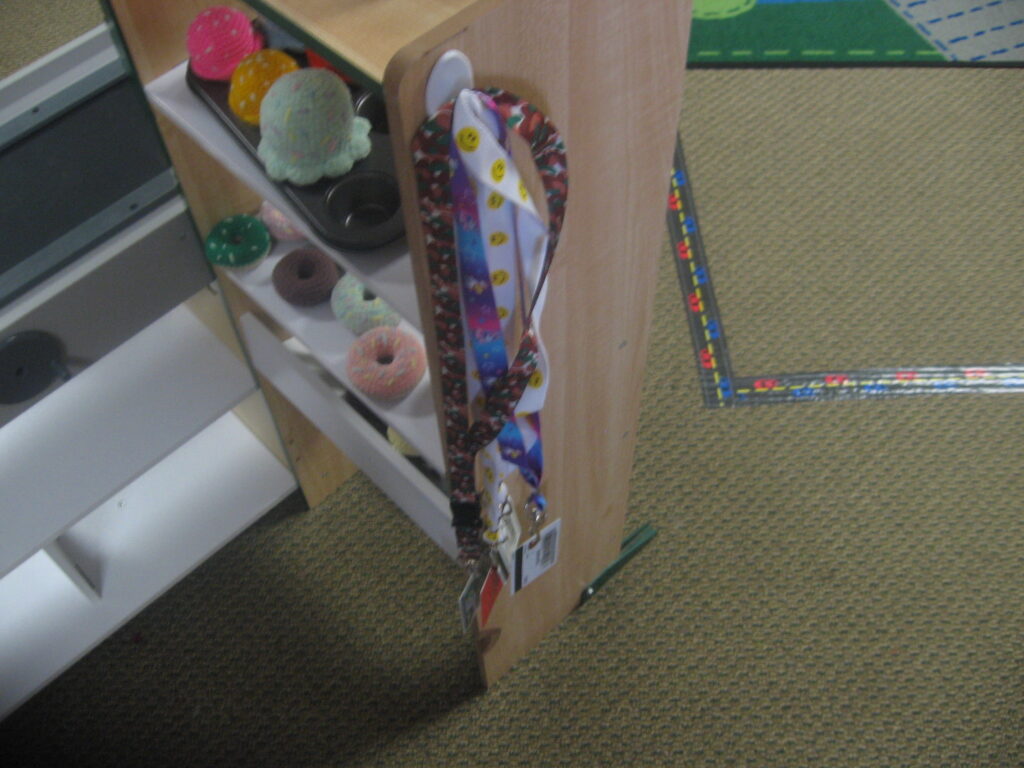
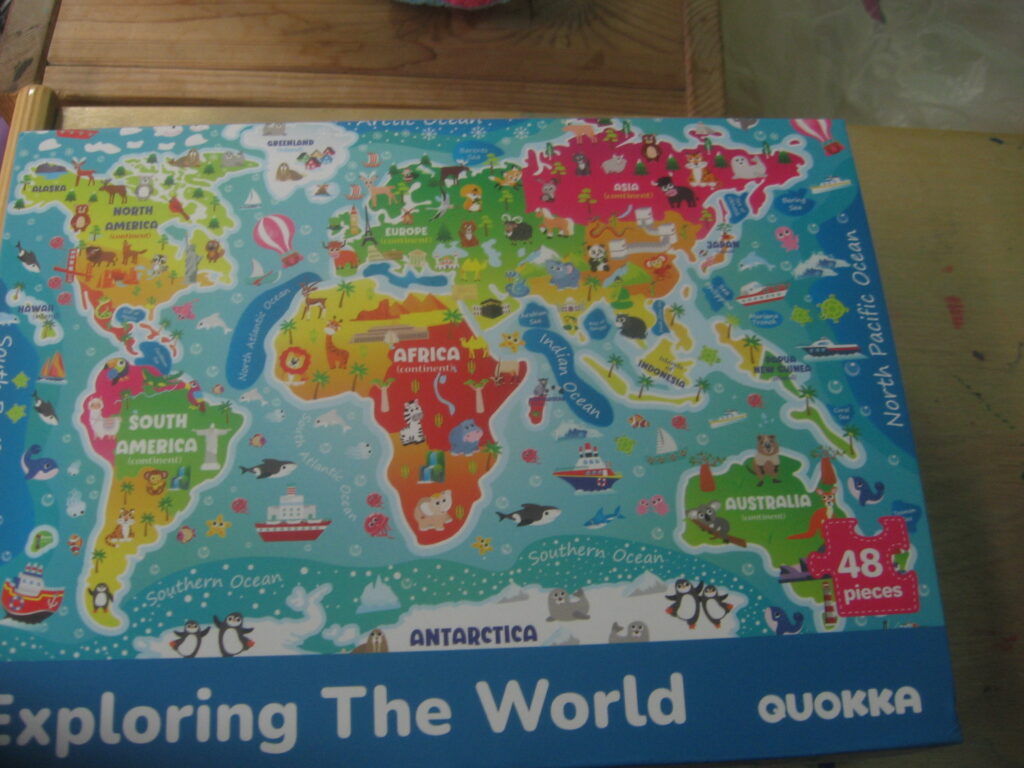
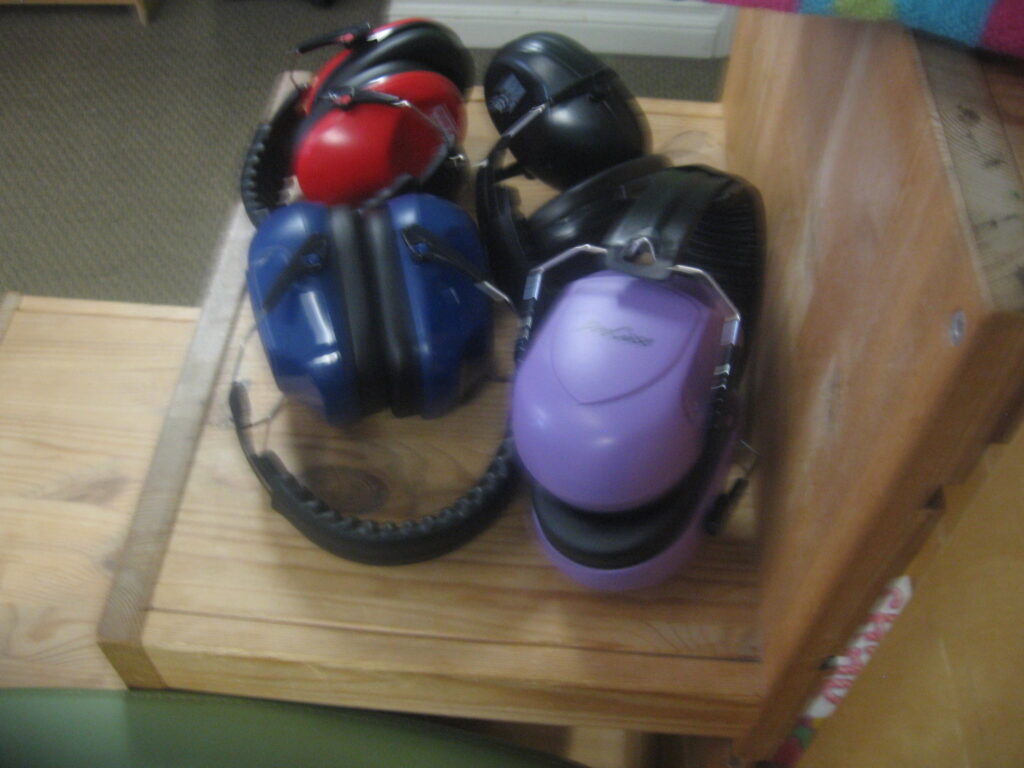
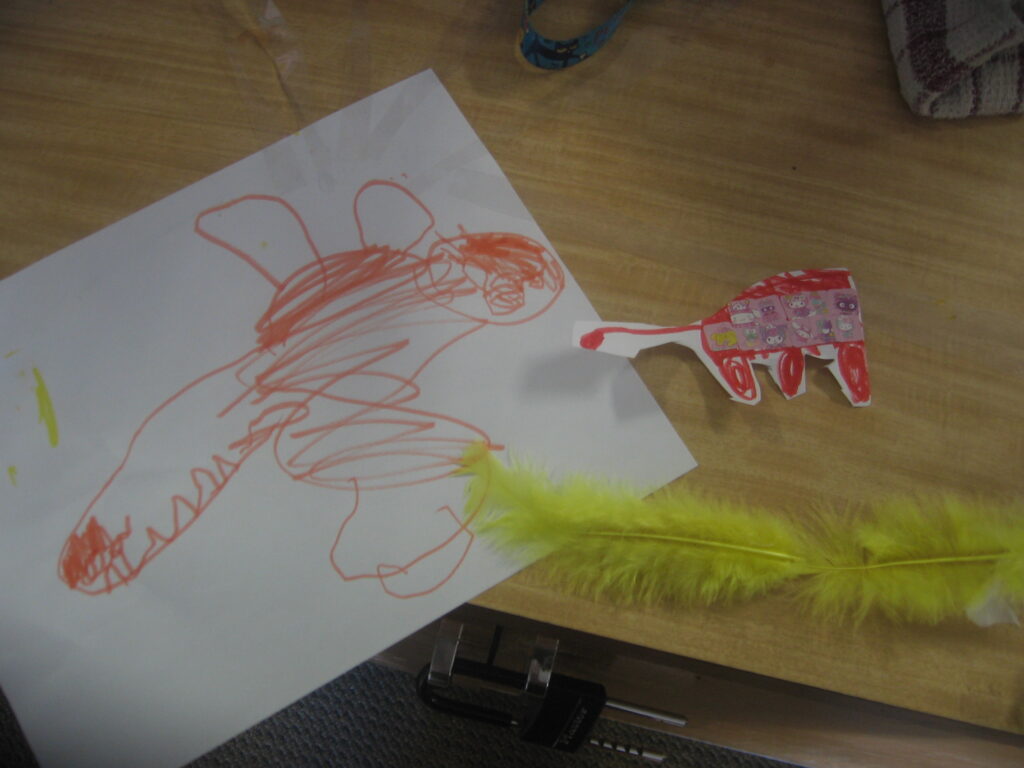

Day 6
What did I do, learn, and experience today?
Boxes continue to be a hit.
As I came in today, there were two or three more boxes, none as big as the last few but still as popular. I love seeing every day what the children will create with them. Today, as the boxes were smaller, they were ripped up much quicker and used in art projects and imaginative play! I loved seeing how if you just slightly changed the materials, the way the children experiment with them changes. The BC Early Learning Framework (2019) says:
“Educators are continually observing, listening, and experimenting with an openness to the unexpected. The role of the educator has shifted away from being a transmitter of knowledge toward being a collaborator who creates conditions so that children can invent, investigate, build theories, and learn.”
To me, this seems exactly like what the educator is doing. She has observed that they enjoy experimenting with this material and is experimenting deeper with what they can do with it. I loved seeing how differently they interacted and investigated the different-sized boxes in a different way.
New puzzle
Again, my educator seems to be a really skilled observer. She notices what the children are interested in exploring more deeply. In the classroom, there is a big map of Canada and also many books with maps! It seems there is one particular student really into maps and knows all the places, so the educator saw this and decided to order a really age-appropriate puzzle for the children. The child who’s interested in maps immediately found this puzzle to be really fun! This is just another way I see my educator observing and listening to the children’s ideas and encouraging their passions. I also really appreciated that this puzzle seemed to be the perfect difficulty for the children. It challenged them without frustrating them, but it wasn’t super easy and quick either.
Park with the younger class, practicing letting them play individually
Today we joined the three-to-four class again in the park. I’ve noticed I seem to really try and join the children’s play during every moment, so today I decided to take a step back to observe and listen. I took moments to observe which children played best together and what kind of play they were engaging in. By paying attention to these ideas, I can better connect and offer guidance in more appropriate ways. During this time, I was thinking about this quote from Elam & Peterson (2020): “Be sure to observe every child in your class, be aware that some children may catch your attention more than others for one reason or another.” There were definitely children I seemed to notice more often during my observations. I’m not sure if it’s because subconsciously I thought they might be more interesting or easier to understand, but I have to constantly remember that to be a skilled observer, I must take the time to see everything and everyone.
Someones birthday
The younger class left the park sooner than we did, as there was a birthday party in that class today. My educator had considered joining the group, but because a few children were having some listening issues that day, we decided to stay at the park longer to hopefully miss it. As we went back sadly, we noticed a clown in the window; we hadn’t missed it. I was so impressed that the children didn’t seem to be that jealous; they definitely saw the clown and had many questions that the educator answered honestly. These answers seemed to satisfy the children enough to continue with our planned activities of lunch and quiet activity time.
Filling buckets differently
During our quiet time activities, I noticed a child asking her friends, “What do you like about yourself?” She was trying to make a craft like we did yesterday, but on a smaller level. To me, the fact that she was trying to do this on her own proves that yesterday’s craft taught them something valuable!
Motorhomes
Throughout this whole week, I’ve heard children talking about motorhomes or playing pretend about motorhomes. It’s really interesting to me that the things children are really into when you pay attention to their play! The theme of motorhomes has even gotten so deep that the children are drawing them! These two pictures feature a “small broken motorhome you have to pull” and a “big fancy motorhome with room for everyone.” I find it so interesting how each of these children seems to be interested in the same things, yet has totally different ideas about them! This once again shows me the BC Early Learning Framework’s views on the child are super accurate in thinking all children are unique in their ideas and abilities.
What are my pictures showing?
Lanyards
During my last day last week, I noticed the children playing with gift cards and pretending they were credit cards. One child asked the educator to turn them into a necklace so they wouldn’t get lost. The educator mentioned ordering some lanyards from Amazon, but I offered to bring some in for the kids to have, as I work in a dollar store, and I thought it would be quicker and cheaper. I know at this point in my practicum, I do not have to purchase anything, but I feel like small gestures like this help build relationships between coworkers. By having me here learning in their space, they are offering me so much, so by doing things like this, it helps me build reciprocal relationships.
Puzzle
Talked about above
Headsets
Originally, this classroom had four noise-cancelling headsets, but the educator ordered more so that each child could have one! I loved this idea to stop fights over a very loved material. These are also an excellent tool for calming disregulated children as they can block out unwanted and overwhelming sounds. This helps each child stay calm and regulated during the overstimulating times that can be prevalent in a smaller environment like my classroom.
Motorhomes
Talked about the above
“filled buckets”
Talked about above
What was my goal for today? What’s the goal for tomorrow?
I forgot about today’s goal! But as an ECE, being flexible is what I really need to focus on. Originally, my goal for today was to make connections as a group, but I’ve decided to move this to tomorrow’s goal. Today, I focused more on letting the children play with each other and observing them. It’s really helpful as an ECE to take a step back and watch to try and understand the children’s interests and ideas during their play. This is because we can provide better guidance and possibly come up with a curriculum or activity they would be really interested in. For today’s goal, I’d give myself four stars.
I am now able to identify who seems to be good friends in the class and those who seem to have issues when paired together. I can also see the many different interests in the group; some want to explore, while others want to construct and create, and others want to imagine. It’s helpful to understand who’s into what because then I can better connect with each child. This, once again, is a call to Dewey’s four main interests of children. He says children’s four main interests are as follows: “John Dewey identified four main interests of children. When we guide children, paying attention to these interests will help us be more effective.” (Marion, 2015) This is exactly what I was trying to do today: I was trying to understand where each child’s interests lay.
Day seven and eight of practicum
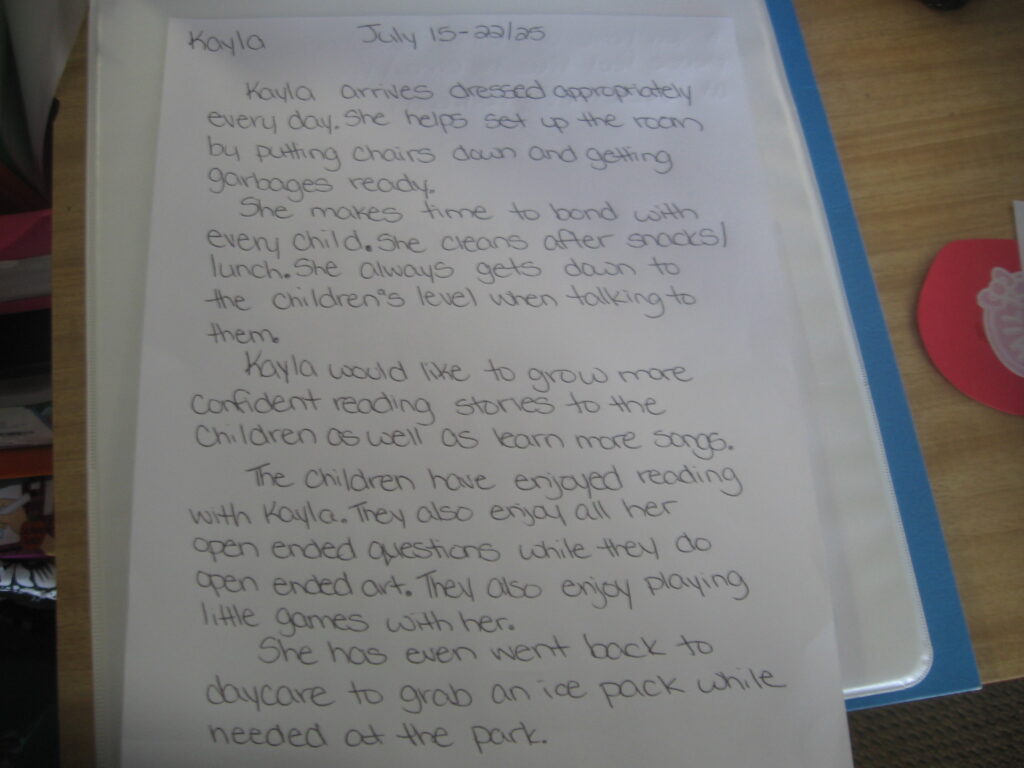

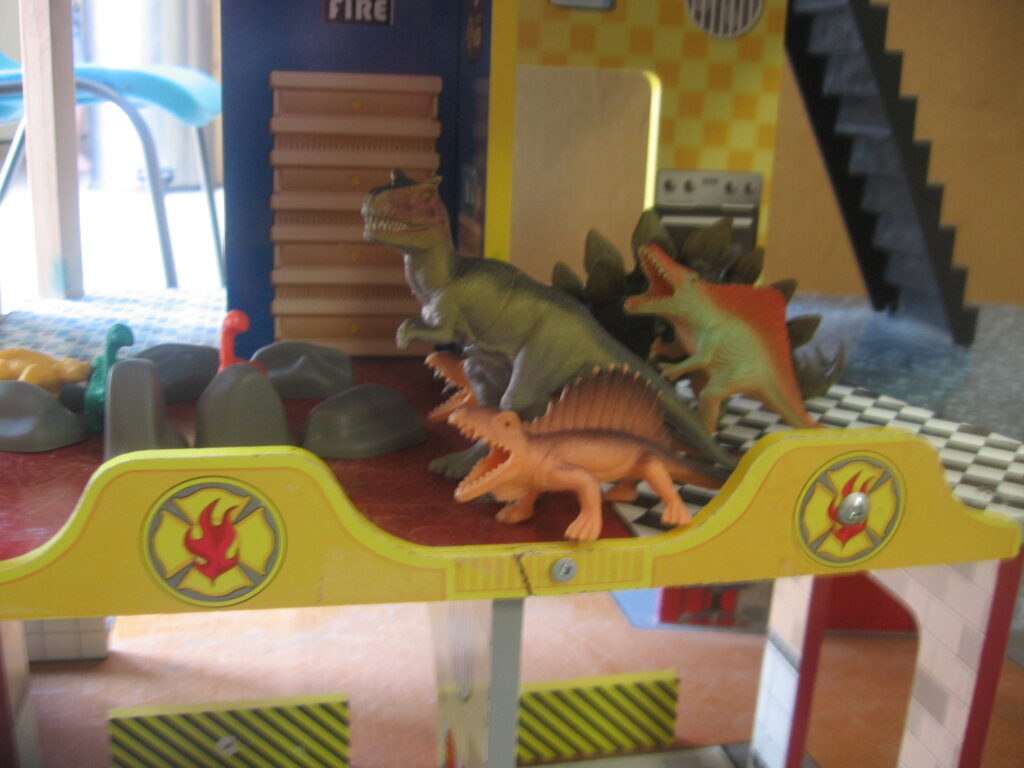
Day 7-8
The last two days are going to look different.
For days seven and eight, I’ve actually decided to format a bit differently. For these last few days, I’m going to reflect mostly on my time here and what it’s taught me. My time at this location so far has taught me so many valuable things. I think the main theme of my learning is the importance of observation and listening at all times. I feel that during my time with this first practicum, I’ve learned how to be a skilled observer thanks to taking a step back and noticing. I feel that through these observations and time spent listening, I have been able to make meaningful connections with the children. This is one of our main goals as ECEs: to make healthier and happier connections with the children in our class.
Feedback
On my second-to-last day, my educator was able to give me some written feedback. Her feedback is mostly focused on what I’ve done well. However, she also mentioned one of my goals from earlier in the week of getting more comfortable reading to a group, so that’s something I’m really going to practice for my next practicum.
Last day
I can really tell I’ve made many connections with the children and the educators, as on my last day today, I felt very sad to leave. But, I guess that proves I did a good job building connections. I brought in sticker sheets to take home as a gift to remember me by, as I am coming back to this daycare for my next practicum. I wanted to end on a really positive note with the children, we had really connected over stickers and art, so that’s why I chose the sticker sheets. My educator gave me a really nice gift as I was leaving, it’s a bag full of crocheted items. There are a few fun fidgety things, but there was also a pumpkin and a fish she made that go with two songs. I thought this was a great gift as it gives me something I can consistently use in my future career as an ECE. I can’t wait to come back and learn more about the children and how to plan activities they enjoy. The fact that I was so sad leaving today on my last day made me realize something: this is a feeling I’m going to have to get used to as an ECE, and one we haven’t talked about yet. You put all this time and energy into building understanding and connections, just for the children to move on like you weren’t there. At first, this thought made me really sad. But then I remembered they might not remember us, but they can and will remember the tools and other skills we taught them in order to set them up for their futures, and that’s what’s important.